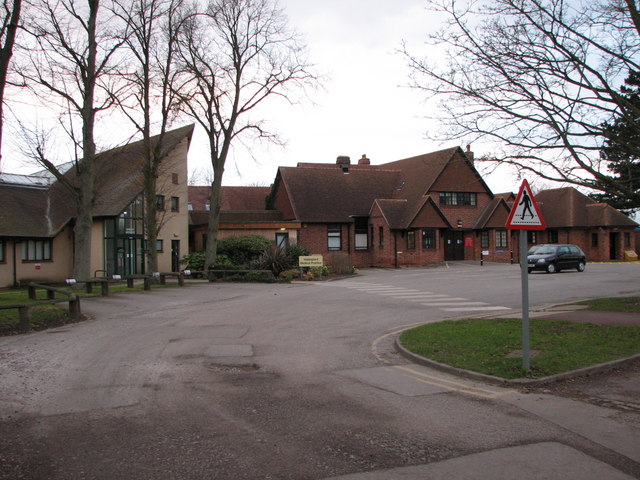Each family coped with this in a slightly different way - one explained to their son who he was every time they saw him, another tried to discern if their son could respond through his thumbs and eyes, and a third talked to theirs like they would talk to anyone, regardless of whether he understood or not. This uncertainty was one of the things that struck me the most about the lives of the families - no one could help them find out whether their affection was falling on deaf ears, and if anyone could, would they want to know?
Finding out if these patients are conscious has big implications for everyone involved. Their carers and families, if they are not aware of their surroundings, could feel as if they have been wasting their time and their love. Are they still human if they cannot experience human emotion, cannot perceive anything? This is not a question to be answered with a simple yes or no. Similarly, if the person is conscious, but cannot communicate to those people who they love and are loved by, what can be done to improve their lives? Is it easier for the family to know whether or not they can understand, or is ignorance truly bliss?
A scientist called Professor Owen, who has worked on various issues surrounding consciousness in the past, has devised a way of discerning whether a person is capable of responding to questions. Using an fMRI scanner, he monitors their brain activity and asks them to imagine certain scenarios. Humans use the same areas of the brain to imagine doing something as they do when they are actually doing something, and so by imagining different things, you can produce distinctly separate brain activity patterns. The two things Prof. Owen asked the patients to imagine were playing tennis and walking around their house.
Not all of the patients in the group shadowed by the BBC appeared to be conscious. One person in particular did not respond at all when asked to imagine playing tennis in the fMRI scanner. The parents were incredibly gracious about it, and while they were thankful to the doctors for providing them with answers, they were left with the conundrum of how to carry on. Leaving their son seems barbaric, and I don't think any of the families in the program even considered that as an option; at the same time, carrying on when there is very little chance of it having an effect must be very, very difficult. But carry on they did, and even if it was not received, I think the parents were comforted by still having their son anyway - talking helped them more than anyone else.
However, some people could respond to Prof. Owen's stimuli. Seeing the reactions on the faces of the friends and family of those patients was amazing, and reminded me of why I want to become a doctor, for moments like that, where you can make such a profound difference to someone's life through research and treatment. Having established that they could respond, the professor asked them a few questions to find out how much of their world they were aware of. One person, Scott Routley, who had been considered unresponsive for 12 years following an accident, answered yes/no questions through imagining different things, conveying that he remembered events from before and after the accident. The next question they asked Scott was whether he was in pain. This question is central to the care of patients in PVS - if they are conscious, unable to respond, and in constant pain, is it really more kind to continue caring for them? If the answer was yes, and he was in pain, Scott was asked to imagine playing tennis. If the answer was no, when prompted, he would imagine walking around his house.
Professor Owen asked the question. A prerecorded voice chimes in: "imagine" - the prompt for Scott to respond. The virtual model of his brain flashes red in the upper right of the screen. He has imagined walking around his house.
It's important to remember that not all PVS patients are conscious: in Prof. Owen's experience so far, "about 20% appear to be". However, just being able to answer simple questions is the first step down a road towards communicating with people who have no other way, who are locked in but can't tell anyone. Hopefully the technology can be used to better their care and treatment by giving the doctors, nurses and family members who look after them some feedback on what they want.




